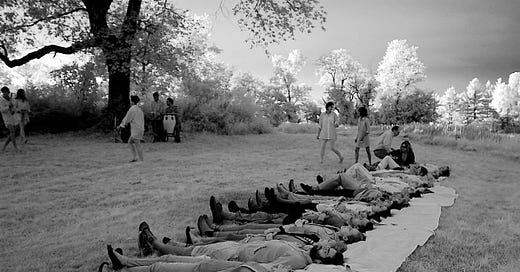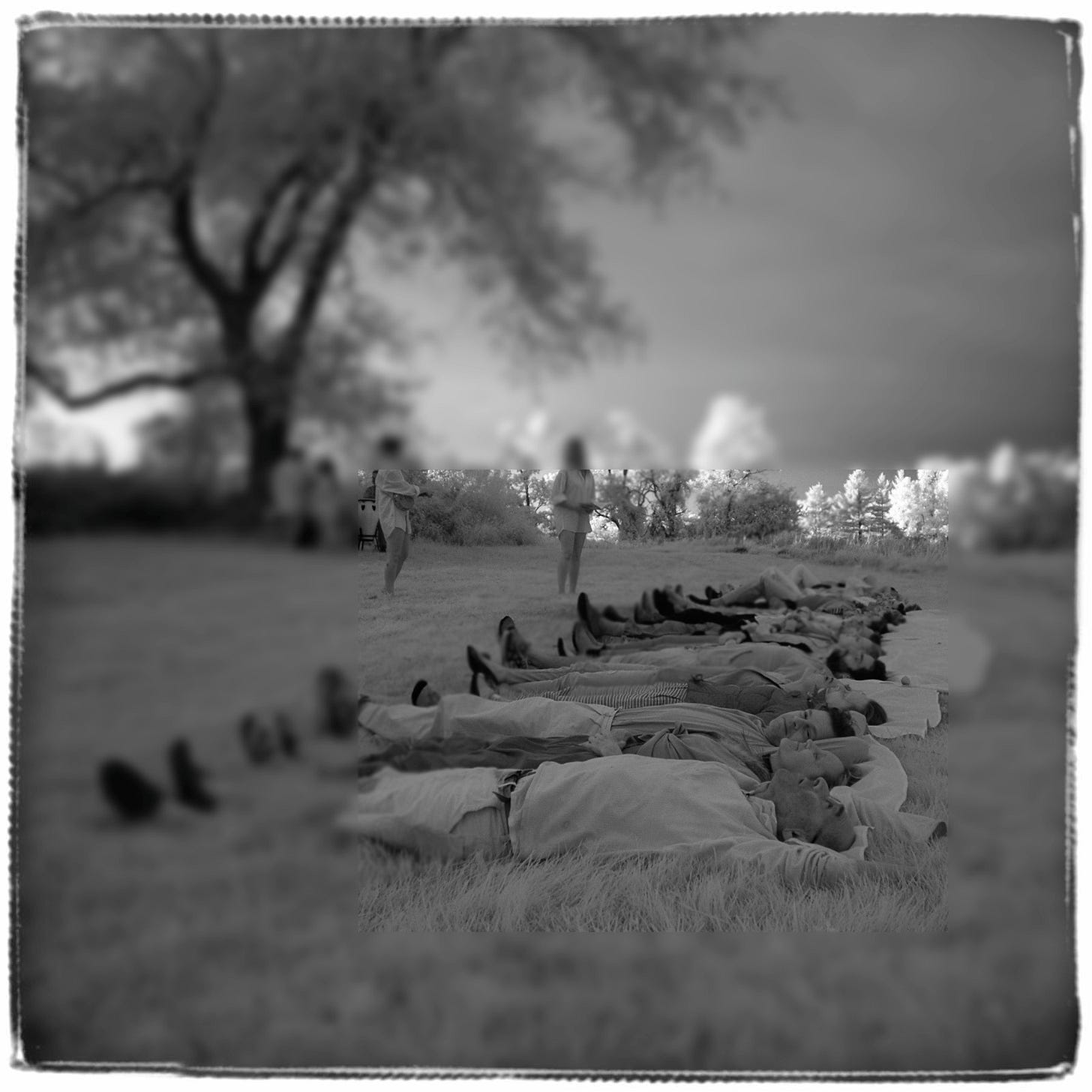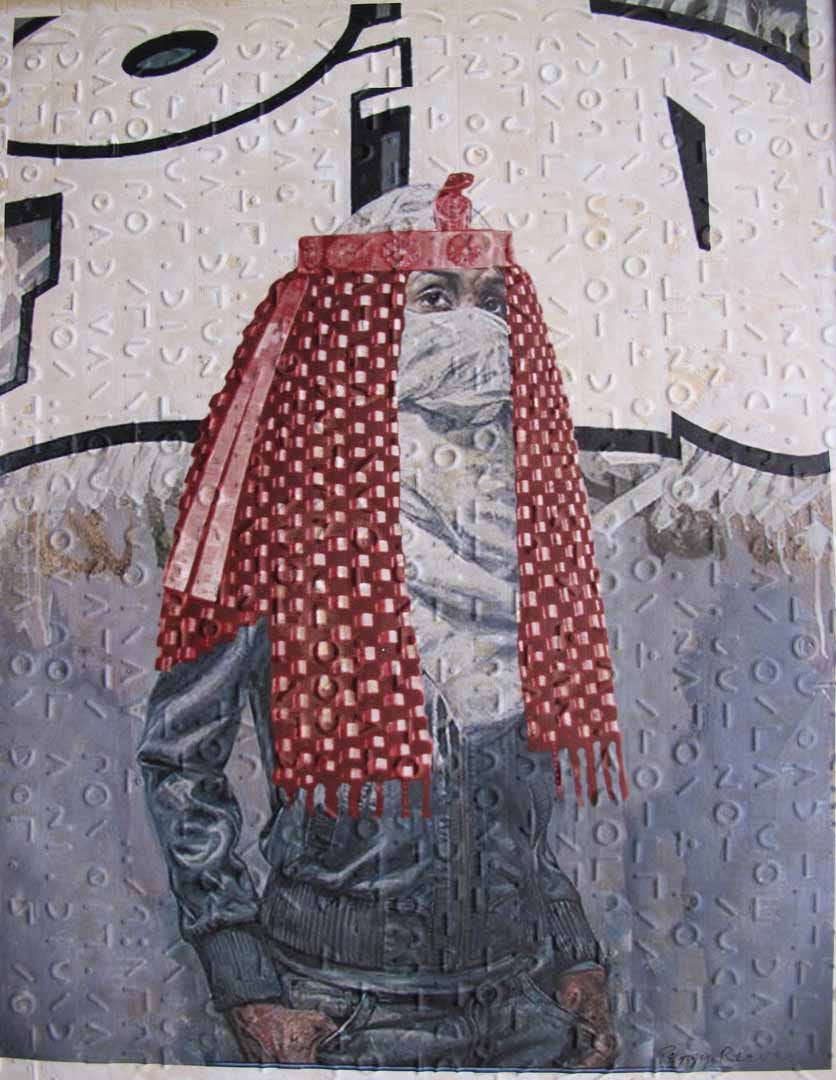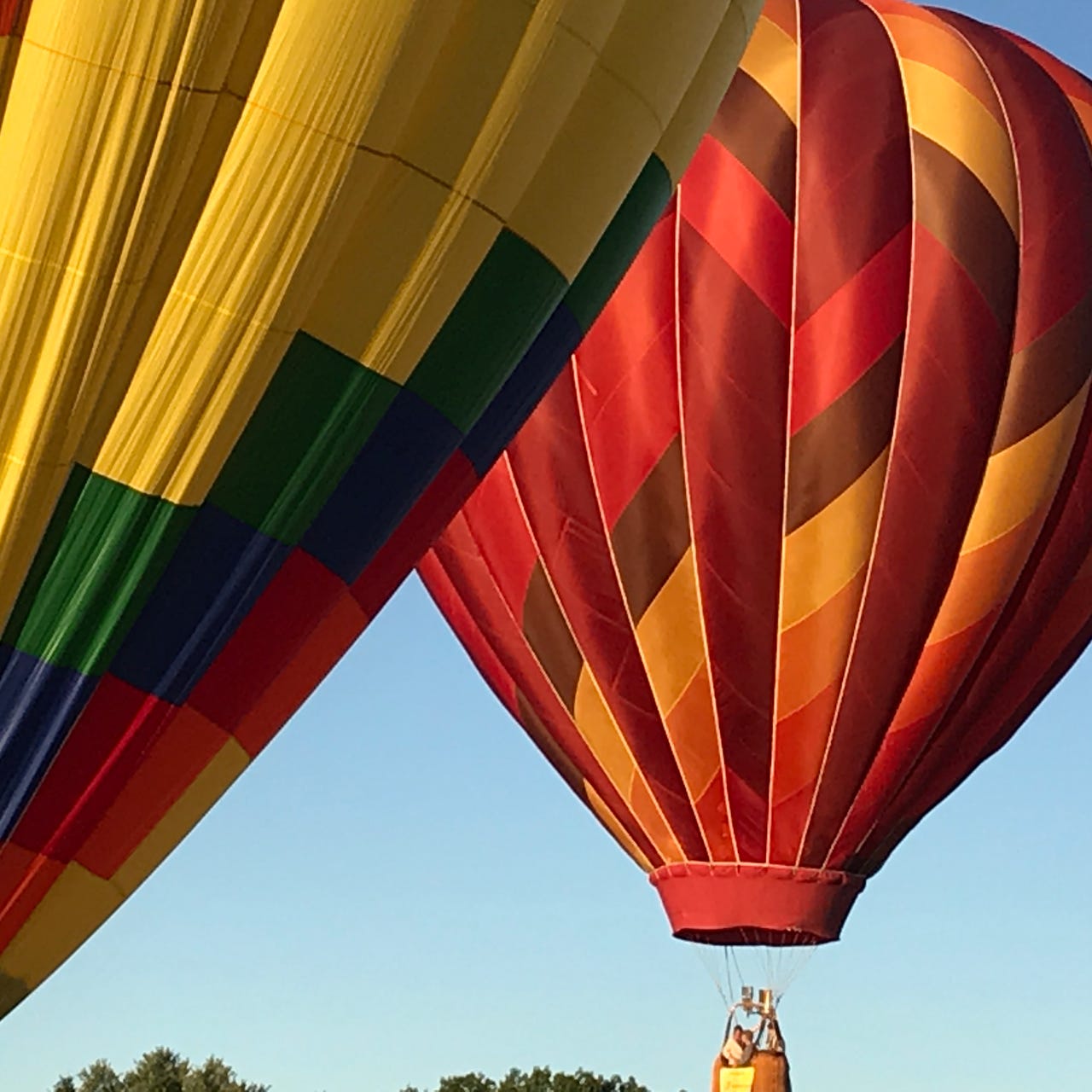Most photography is done with a camera but, in the case of experimental or alternative photography, a camera is not included in the mix. The works of Peggy Reeves are created with both analog and digital photo processes which rely on the sensitivity of traditional darkroom materials, i.e., silver gelatin paper, developer and fixer as the first tier and work in Photoshop as the second. A third tier often follows adding color by drawing and painting with acrylic gouache, a highly pigmented opaque paint as well as inks. Her experiments with chemistry and papers have resulted in unexpected and surprising chemigrams.
Peggy lives and makes art in the Berkshires of western Massachusetts. Working with alternative processes began in the 90s when the school where she was teaching built a new campus with a darkroom but only four enlargers for sixteen students. Alternative photographic processes, pinhole and cyanotype, became part of the curriculum giving students an exposure to a wider range of media.
In the classroom, necessity became the mother of invention and Peggy’s alternative photography began to flourish. “After years at ‘straight’ photography, I felt the need to get messy and recapture the excitement and serendipity of the darkroom experience in combination with the love of resist that I experienced many years ago making batiks with wax and dyes.”
Peggy continues to pursue new directions in her art. Here’s what she shared in answer to my questions about her process:
You are engaged in such a wide variety of media, infrared photography, painting, and digital collage to name a few. How do you select the medium at any given creative moment? Does the vision of the subject matter come first and call for, say, the application of paint? Or do you just sometimes have a desire to paint?
The photographic process is where I begin all of my work though not necessarily with a camera, film or computer. Working with homemade light-sensitive papers and camera-less or lensless methods of image making began with a study of the history of photography as well as the need to come up with activities for the students in my photography class who were waiting their turn for the darkroom. Alternative photographic processes wiggled into my own work after my retirement from teaching. I had long been fascinated by the experimental possibilities unveiled with the magic of simple chemistry and light. In 2010, I saw a show called “Shadow Catchers” at the Victoria & Albert Museum in London that introduced me to some of the artists working in this medium and, since then, I’ve taken a deeper dive into these practices by studying with artists in workshops and online classes.
The materials are usually the key to finding a way to tell the visual story. The decisions I make to find the best marriage of paper (texture, color, touch) with process (technique, chemistry) and the content (landscape, etc.), are a mystery. I’m grateful for whatever gift experience has bestowed, but it’s more likely a plunge into the unknown. I risk it because it’s fun to see what the materials will offer and because it’s only a damn piece of paper and a few chemicals.
I look at your infrared photograph “Communal Dreaming” and I see a group of dead bodies laid out. How do you deal with other people’s responses? Can the meaning of the photograph be expanded to include my reaction?
The "Communal Dreaming" image is a good example of how perception, in general, is based on layers upon layers of experience. Since you do not know the circumstances in which this image was made, (a performance at an outdoor, audience participation, theater piece), the perceived narrative is interpreted by you and others as a pattern of dead bodies lined up on a field with figures standing nearby who may be either those responsible or those in danger of joining the row on the ground. God knows, we have seen this before. You’re not the first to interpret “Communal Dreaming” as dead bodies. Without the title, people find it disturbing and with the title they also find it disturbing, but are prompted to see it a different way. It’s that liminal space that interested me with this piece. The story is unfolding.
Infrared photography lends itself to mystery. An infrared image is made with a camera whose sensor has been converted to read the invisible part of the light spectrum. Infrared light is reflected off of objects such as trees and converted to corresponding values of the grey scale. I chose shooting with my infrared camera for "Communal Dreaming" because of the other-earthly ways it transforms the landscape, enhancing its dreamlike quality.
There is one figure, (third from the front), whose head is turned toward the camera with his eyes open. This detail may be a giveaway that the figures are not dead bodies. In the “pre-processed” version of the photograph, there is a band in the background playing soft music. The “processed” version is blurred. The blurriness creates more of an uncertainty about what is going on here which adds to the mystery and adds moisture to the atmosphere.
You’ve named your series of paintings of ferns and other plants from your garden “An Orgy of Saccharine Beauty.” Again, my response is very different. I was surprised by that title and wondered if it was ironic. What are you saying about “saccharine beauty?”
I have returned over and over again to work exploring landscape, plants and flowers. These are familiar themes that appear throughout the history of art. Many renderings are super sweet as if they would not be out of place on Hallmark cards and gift boxes. In my work above, I have juxtaposed that sense of the saccharine with the unexpected word “orgy,” bringing to mind a more prurient image. I was setting up a little paradox here in the title of my show. Each piece in this series has a bit of nature that is not saccharine but rather dark and foreboding.
I begin each piece by making a lumen, a photographic process using materials from the garden, silver gelatin paper and sunlight. The lumens are than painted with varnish as a resist and exposed to chemicals (developer and fixer) over a period of three to six hours which eat away at the resist to create what is called a chemigram. The chemigram is scanned and manipulated in Photoshop. Then the digital file is enlarged, printed and mounted. The final step is painting with Acryl Gouache and framing.
The digital collage of the masked woman in the headdress is powerful and shocking. The red of the headdress and the texture of the paper are now imprinted in my awareness. Where does she come from?
I was searching for a book of Braille to use as a textured paper for making cyanotypes, (an alternative photo process), and came upon this pre-Braille book on eBay. The paper is like iron and can take lots of different media and, to my surprise, ran through my Epson printer too. The shapes of each letter reminded me of cuneiform and some aspect of antiquity. I had been to Morocco and surreptitiously photographed women wearing hijabs and head scarfs. Some wore modern clothing but the scarves were required. “Women in Shrouds,” a small series of digitally collaged works, came out of this combination of paper and print.
When you lie in bed at night is your art imprinted beyond the paper to your awareness itself? Does it keep you awake?
When I first start a new project, the excitement can get me wired. But then…Yes! I’m so lucky that I can cleanse my brain with this stuff. It’s like redacting the onslaught of crazy during the day.
***************************************************************************************************
Many Voices will appear on the last Sunday of each month and will feature contributions from the community of paid subscribers. All subscribers are now welcome to read Many Voices posts.
Please consider upgrading to a paid subscription to support seventysomething, have access to the archives, and become a contributor to Many Voices. Your ideas are always welcome.
*************************************************************************************************************
Copies of my 2019 essay collection, Twilight Time: Aging in Amazement, are available directly from me (signed) or from Amazon or your local bookseller.









Fascinating interview. Exciting work. Thanks!